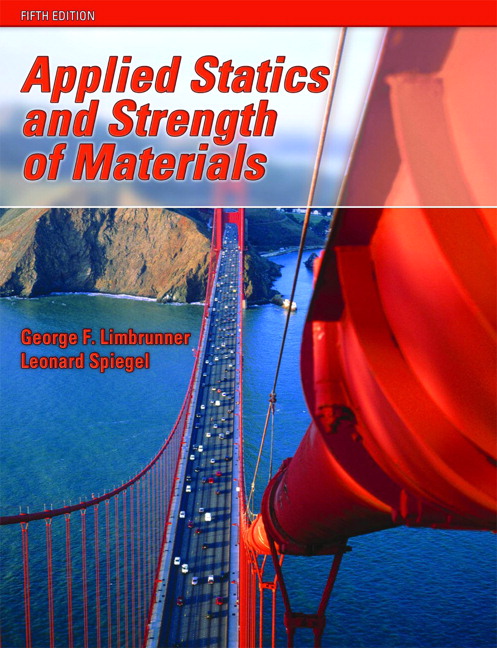Y-chromosomal and mitochondrial DNA profiles have been used as evidence in courts for decades, yet the problem of evaluating the weight of evidence has not been adequately resolved. Both are lineage markers (inherited from just one parent), which presents different interpretation challenges compared with standard autosomal DNA profiles (inherited from both parents), for which recombination increases profile diversity and weakens the effects of relatedness. We review approaches to the evaluation of lineage marker profiles for forensic identification, focussing on the key roles of profile mutation rate and relatedness. Higher mutation rates imply fewer individuals matching the profile of an alleged contributor, but they will be more closely related. This makes it challenging to evaluate the possibility that one of these matching individuals could be the true source, because relatedness may make them more plausible alternative contributors than less-related individuals, and they may not be well mixed in the population. These issues reduce the usefulness of profile databases drawn from a broad population: the larger the population, the lower the profile relative frequency because of lower relatedness with the alleged contributor. Many evaluation methods do not adequately take account of relatedness, but its effects have become more pronounced with the latest generation of high-mutation-rate Y profiles.
翻译:几十年来,法院一直将Y-染色体和血球体DNA剖面作为证据,然而,对证据重量的评价问题尚未充分解决。两者都是线性标记(仅由父母一方继承),与标准的自体性DNA剖面(由父母双方继承)相比,这带来了不同的解释挑战,因为与标准的自体性DNA剖面(由父母双方继承)相比,这带来了不同的解释挑战,为此,再组合会增加剖面多样性,削弱关联性的影响。我们审查了用于法医鉴定的线性标记剖面的评估方法,侧重于特征突变率和相关性的关键作用。较高的突变率意味着与被指称的捐献者相匹配的个人较少,但两者关系更密切。这就使得难以评估这些匹配的个人之一成为真实来源的可能性,因为其关联性可能使他们比不那么相干的个人更容易成为可能的替代贡献者,而且他们在人口中可能不完全混杂在一起。这些问题降低了从广大人群中提取的剖面性数据库的用处:人口越多,由于与被指称的捐献者关联性越低,其相对频率越低。许多评估方法没有充分考虑到与被指称的捐献者的关系,但其最新剖面关系,但影响越大。



